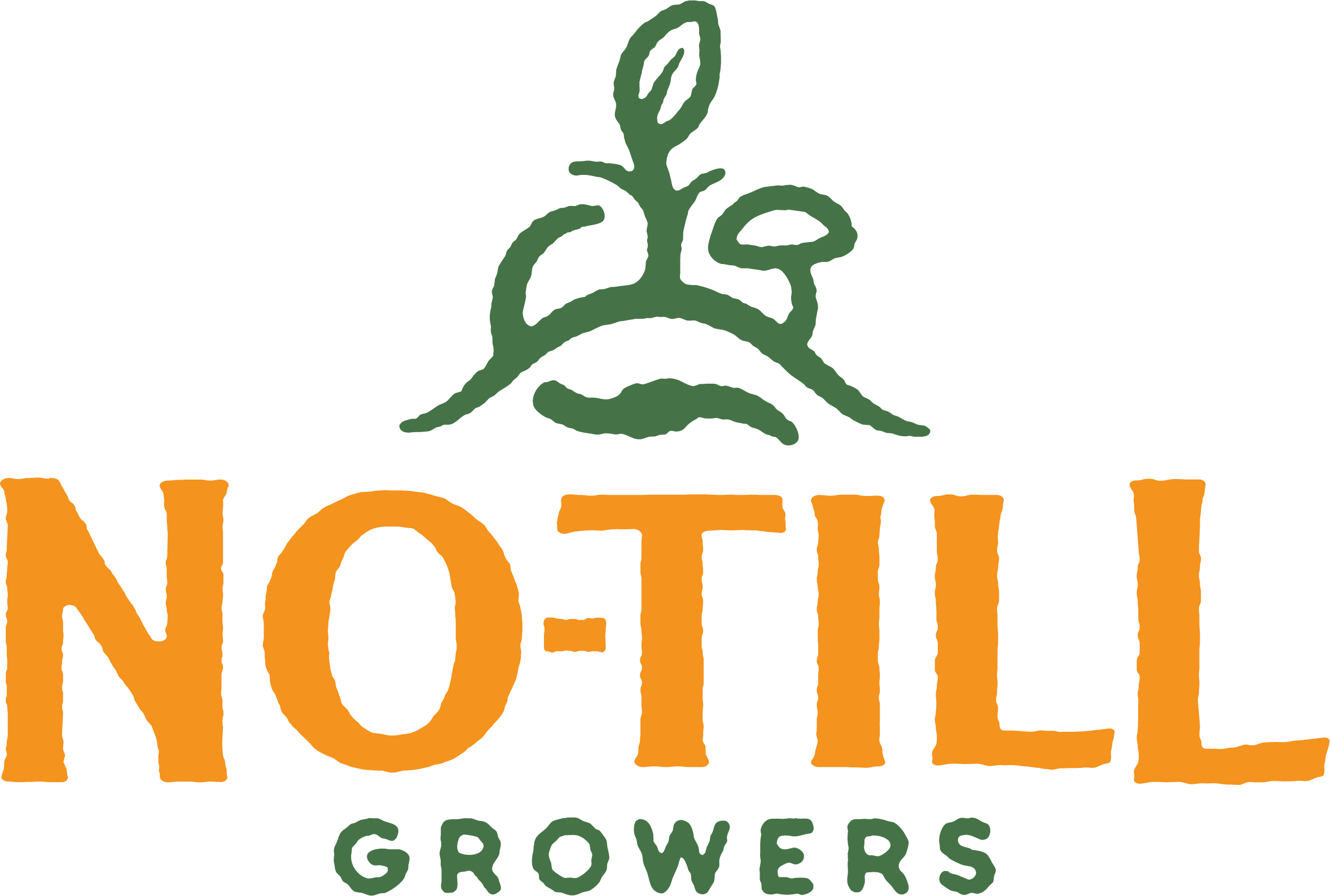Maslow’s Hieracrhy of Needs... For Plants
At first glance, plants seem like sitting ducks. Evolutionarily speaking, there is something bizarre about an organism choosing to stay put. I don’t know for sure, but if I were picking a survival strategy it would probably not be to stay in one place, in plan sight, throughout my entire life.
Unless...
Plants are equipped with an extraordinary genetic library that can be tapped into—given the right conditions—for all manner of predatory detection and defense responses. Plants are, in a nutshell, extremely well equipped to stay put and to defend themselves.
These defenses may be certain aromas to attract the parasitic wasp for encroaching herbivore pests. And in some cases, it may even be highly specialized aromas to attract specific helpers. They can create phytochemicals to protect from molds and viruses, even excess sunlight. One ingenious tactic plants have developed is the partnership with humans—we do everything we can to keep our plants alive for those two ears of corn or that first ripe tomato, saving the seed, prepping the ground, killing the competition... that’s plant mind control right there.
However, if the soil conditions aren’t right the plant may not have access to their whole genetic library. Or alternatively, they may just not have the requisite vigor and nutritional ability to sustain such an energy expensive transaction as releasing protective volatiles from their leaves.
This got me thinking about Maslow’s Hierarchy of Needs—which I recognize is itself not exactly scientific, but makes for a good thought experiment—where the plant must have all of its physiological and, dare I say, social needs (relationships with the biology within the soil as well as with other plants) met to make it to self-actualization (just like, to Maslow, us people).
Physiological needs for a plant would be access to the minerals and nutrients they need—so proper soil mineralization and fertilization. Social needs would be to have the microbial and microbial populations requisite to feed the soil which in turn feeds the plant, and to protect those populations with the basic principles of no-till. It could also be the relationship between multiple plants, like when a legume shares its nitrogen with a corn crop. And self-actualization—the top of the pyramid—is simply when they plant is able to access its full library of genetic potential. Humans, according to Maslow, needed our social and physiological needs met before we could, for instance, create art.
And the same could be said of plants.
This is the goal and essence of no-till growing: making conditions right for a plant to detect predation, defend itself, and taste delicious. And that is what we, as growers, should always growing for… plant-actualization.
